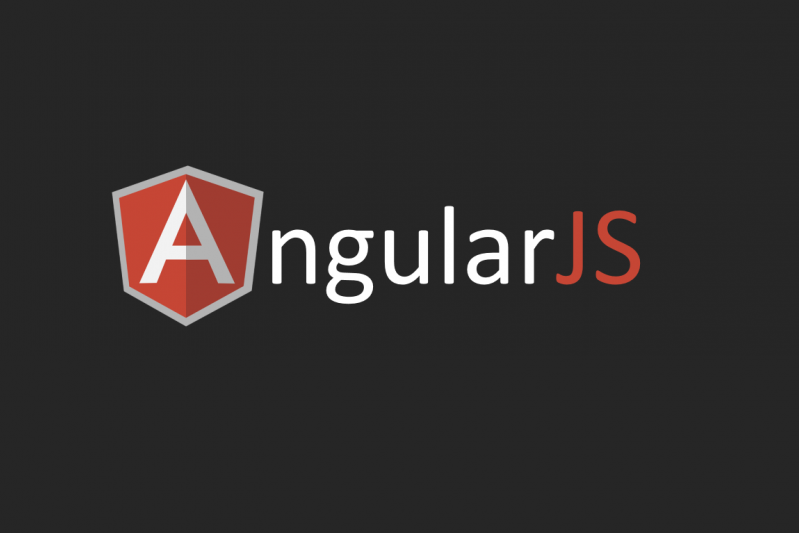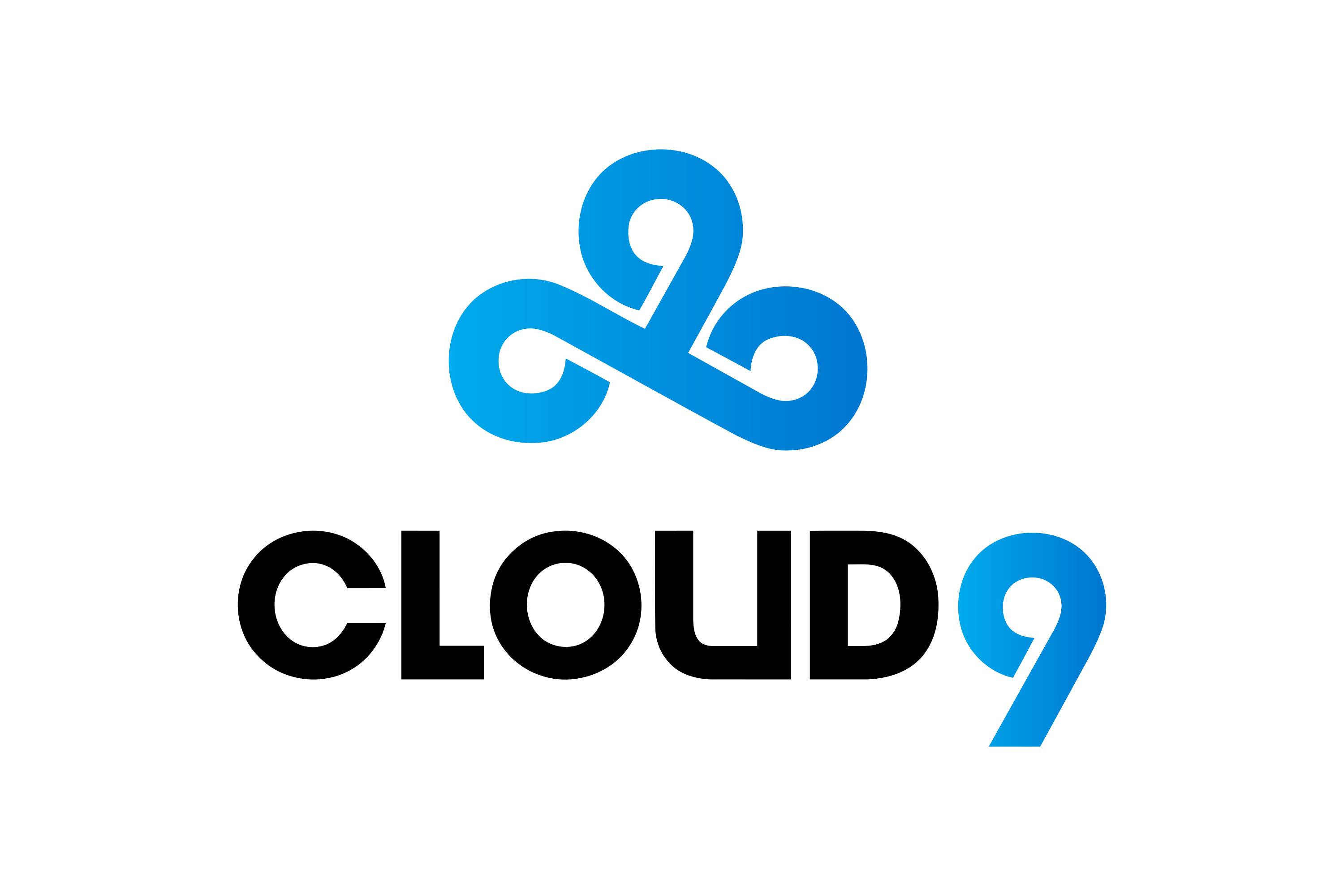Description
Introduction
This AngularJS From Fundamentals to Advanced training focuses on AngularJS, a powerful JavaScript framework for building dynamic, single-page web applications (SPAs). AngularJS allows developers to extend HTML’s syntax to express application components clearly and succinctly, making it easier to bind data to views and manage client-side application logic. By the end of this AngularJS From Fundamentals to Advanced training, participants will have a solid understanding of AngularJS fundamentals, enabling them to build interactive, scalable, and responsive web applications.
Prerequisites of AngularJS From Fundamentals to Advanced
Before attending this training, participants should have the following foundational knowledge and skills:
- Basic Knowledge of JavaScript:
- Understanding of JavaScript basics like variables, loops, and functions.
- Familiarity with ES5 concepts like function expressions and callbacks.
- HTML and CSS Knowledge:
- Experience in creating and styling web pages using HTML and CSS.
- Basic Understanding of Web Development:
- Familiarity with how web applications work, including client-server interactions.
Table of Contents
1: Introduction to AngularJS
1.1 What is AngularJS?
1.2 Why use AngularJS for building web applications?
1.3 Key features and benefits of AngularJS
1.4 Setting up the AngularJS environment (including Node.js and npm for module management)
1.5 Creating the first AngularJS application
2: AngularJS Architecture and Concepts
2.1 MVC (Model-View-Controller) Architecture in AngularJS
2.1.1 Overview of MVC and how it’s implemented in AngularJS
2.1.2 Understanding the roles of Models, Views, and Controllers
2.2 Two-Way Data Binding(Ref: Ansible and Puppet for DevOps Performance Optimization)
2.2.1 How AngularJS syncs data between the model and view automatically
2.2.2 Benefits and performance considerations of two-way data binding
2.3 Dependency Injection (DI)
2.3.1 What is Dependency Injection and why AngularJS uses it
2.3.2 Creating and injecting services and components
3: Directives in AngularJS
3.1 Introduction to Directives
3.1.1 What are directives and why are they important?
3.2 Overview of built-in directives (ngIf, ngFor, ngClass, etc.)
3.3 Custom Directives
3.3.1 Creating custom directives to extend HTML functionality
3.3.2 Using directives for reusable components
3.4 Attribute vs Structural Directives
3.4.1 Difference between attribute directives and structural directives
3.4.2 Use cases and examples for each
4: Controllers and Scope in AngularJS
4.1 Understanding Controllers
4.1.1 The role of controllers in AngularJS applications
4.1.2 Creating and using controllers to manage application logic
4.2 The Scope Object
4.2.1 How $scope works in AngularJS
4.2.2 Using $scope to share data between views and controllers
4.2.3 The digest cycle and scope hierarchy
4.3 Controller as Syntax
4.3.1 Understanding the benefits of the controllerAs syntax for better readability and maintainability
5: Services and Factories in AngularJS
5.1 Introduction to Services and Factories
5.1.1 What are services and factories in AngularJS, and when to use them?
5.1.2 Difference between services, factories, and providers
5.2 Creating Services
5.2.1 Creating reusable services to manage data and logic across multiple controllers
5.2.2 Using built-in services like $http and $timeout
5.3 Working with Factories
5.3.1 Creating and configuring factories to produce reusable objects
5.3.2 Best practices for structuring business logic with factories
6: Routing and Navigation in AngularJS
6.1 Introduction to AngularJS Routing(Ref: Advanced MSMQ: Working with Transactions and Message Routing)
6.1.1 What is routing and why it’s important for single-page applications?
6.2 Setting up and configuring ngRoute for navigation between views
6.3 Managing Views and Controllers with Routing
6.3.1 Loading different templates and associating controllers for each route
6.3.2 Passing parameters to routes for dynamic content
6.4 Advanced Routing Concepts
6.4.1 Nested views and route authentication
6.4.2 Lazy loading of modules for performance optimization
7: Forms and Validation in AngularJS
7.1 Working with Forms in AngularJS
7.1.1 Building forms using AngularJS and handling user input
7.1.2 Using ngModel for two-way data binding with form elements
7.2 Form Validation
7.2.1 Built-in AngularJS form validation (required, minlength, pattern, etc.)
7.2.2 Custom validation functions for complex validation logic
7.3 Error Handling in Forms
7.3.1 Displaying form errors dynamically using AngularJS
7.3.2 Handling form submissions and validations
8: Working with RESTful APIs of AngularJS
8.1 Introduction to $http and $resource
8.1.1 Sending HTTP requests using the $http service
8.1.2 Using the $resource service for working with RESTful APIs
8.2 Fetching Data from APIs
8.2.1 Sending GET, POST, PUT, and DELETE requests
8.2.2 Managing asynchronous calls with promises
8.3 Handling Errors and Responses
8.3.1 Error handling with HTTP interceptors
8.3.2 Handling different HTTP response codes in AngularJS applications
9: Advanced Topics in AngularJS
9.1 Custom Filters
9.1.1 Creating and using custom filters to transform data in the view
9.1.2 Built-in filters (currency, date, filter, limitTo, etc.)
9.2 Event Handling and Broadcasting
9.2.1 Using $emit, $broadcast, and $on to manage events in AngularJS
9.2.2 Use cases for event handling in large applications
9.3 Unit Testing in AngularJS
9.3.1 Writing unit tests for controllers, services, and directives
9.3.2 Using Jasmine and Karma for automated testing in AngularJS applications
9.3.3 Test-driven development (TDD) practices for AngularJS
10: Performance Optimization and Best Practices
10.1 Optimizing AngularJS Applications
10.1.1 Performance tips for minimizing digest cycles
10.1.2 Using one-time bindings to improve performance
10.1.3 Lazy loading components and views
10.2 Best Practices for Writing Maintainable Code
10.2.1 Following the AngularJS Style Guide
10.2.2 Organizing code into modules for scalability
10.2.3 Reusable components, clean code practices
Conclusion
This AngularJS From Fundamentals to Advanced course covers everything from the foundational aspects of AngularJS to advanced techniques for creating robust, interactive web applications. By the end of the course, developers will be proficient in building dynamic, data-driven single-page applications, optimizing them for performance, and preparing them for testing and debugging. Advanced topics like custom directives, routing, and testing will equip developers with the necessary skills to create scalable, maintainable applications. While AngularJS is being gradually replaced by Angular (2+), understanding its fundamentals is still valuable for maintaining legacy applications and transitioning to modern frameworks.







Reviews
There are no reviews yet.